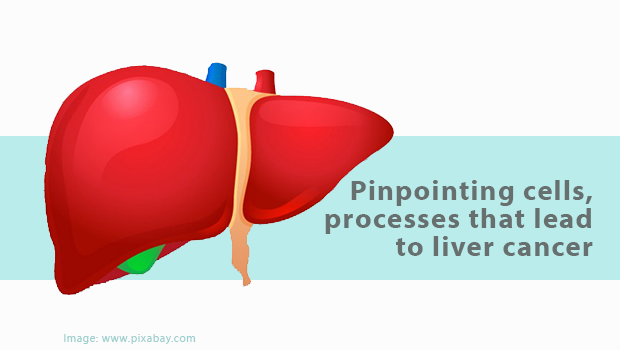
Duke-NUS researchers linked a subset of long-lived liver cells to hepatocellular carcinoma formation, which could lead to therapeutic strategies for liver cancer.
Researchers from Duke-NUS Medical School have identified a specific subset of self-regenerating liver cells that can transform into cancer cells and lead to the development of hepatocellular carcinoma (HCC), the most common type of liver cancer, in a study published in Proceedings of the National Academy of Sciences. Further investigation of the molecular processes underlying this tumour transformation could lead to therapeutic strategies for this difficult-to-treat cancer.
Liver cancer is the second leading cause of cancer mortality worldwide, and is associated with poor prognoses. Currently, there are few therapeutic options including surgery, but most HCC patients in the later stages of the disease, due to a lack of early diagnostic approaches, are ineligible for surgical treatment.
The currently available approved drugs to treat HCC, sorafenib and lenvatinib, have displayed only marginal survival benefits for patients. Therefore, new therapeutic strategies stemming from innovative research on the pathogenesis of this disease at the molecular and cellular levels are needed to improve early diagnosis, classification of cancer subtypes and treatment.
"In order to cure liver cancer, it is important to identify which subgroup of liver cells are being transformed into tumour cells. It is challenging, however, to detect the specific liver cells that undergo this transformation. The findings of this study have provided an important insight into the population of cells that may serve as the origin in HCC," said Dr Ang Chow Hiang, Research Fellow from Duke-NUS' Cancer and Stem Cell Biology Programme and lead author of the study.
Hepatocytes are the main functional cells of the liver. A subset of hepatocytes produces a protein called Lgr5 that marks them out from other hepatocytes. "We developed a sophisticated method called genetic lineage tracing, which allowed us to track the fate of Lgr5-producing hepatocytes in normal, injured and cancerous livers. This enabled us to find out whether they would transform into cancer cells when liver injuries occurred over an extended period of time," said Assistant Professor Fu Naiyang, the corresponding author of the study from Duke-NUS' Cancer and Stem Cell Biology Programme.
The team found that under normal conditions, Lgr5-producing hepatocytes mainly regenerate and replenish their own lineage. However, in preclinical models, they discovered that the same type of hepatocytes are sensitive to transformation and give rise to tumours.
"This important discovery by our researchers could potentially lead to novel strategies for effective hepatocellular carcinoma diagnosis and treatment," said Professor Patrick Casey, Senior Vice Dean for Research at Duke-NUS.
The team is currently trying to understand the factors behind the transformation of normal cells into cancerous cells.
Reference: Ang CH, Hsu SH, Guo F, Tan CT, Yu VC, Visvader JE, Chow PKH and Fu N (2019). Lgr5+ pericentral hepatocytes are self-maintained in normal liver regeneration and susceptible to hepatocarcinogenesis. Proceedings of the National Academy of Sciences (PNAS). doi: 10.1073/pnas.1908099116













 Get it on Google Play
Get it on Google Play